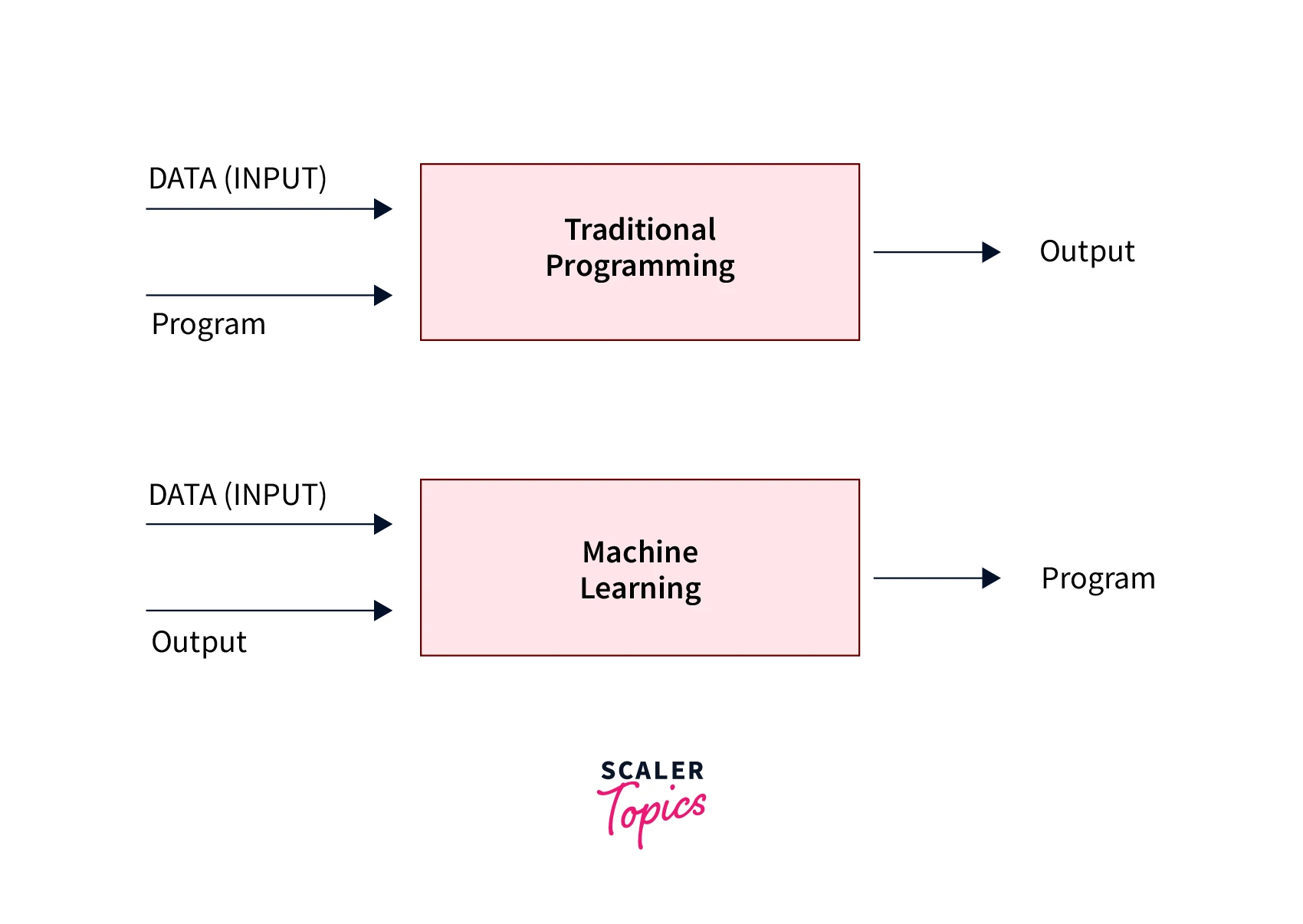What is Machine Learning?
Overview
Machine Learning (ML) is a subset of AI that uses statistical learning algorithms to automatically learn hidden patterns in data and improve with experience without being explicitly programmed. In this article, we will learn what is machine learning, a brief history of machine learning, how it works, why it is important and recent trends in machine learning.
Introduction to Machine Learning
The field of machine learning is concerned with the question of how to construct computer programs that automatically improve with experience. - Tom Mitchell.
To summarise Tom Mitchell’s definition of machine learning, it is a track of AI which uses historical data to learn the hidden pattern that already exists in data and generate insights useful for solving a business problem. The beauty of machine learning lies in the fact that it can learn these patterns without being explicitly programmed, and it keeps improving with the experience.

How has Machine Learning Evolved?
Just a couple of decades ago, machine learning was something that appeared as a topic for sci-fi movies or so, and now it has taken the world by storm. In this section, we will briefly cover the evolution of machine learning. It all started when the Father of computer science, Alan Turing created the “Turing Test”. However, seven years before that, the concept of the first mathematical model for Neural Networks was presented in the paper “A logical calculus of the ideas immanent in nervous activity” by Walter Pitts and Warren McCulloch. Later in 1957, Frank Rosenblatt designed a neural network called perceptron, and the nearest neighbor algorithm was written ten years later - these algorithms empowered computers with basic pattern recognition capability. Many significant developments took place in the 70s and 80s, but machine learning created a buzz all around the world in 1997 when IBM’s Deep Blue beat the world champion at chess. The 21st century is a fascinating time for machine learning as DeepMind, Google Brain, Open-AI, and other AI organizations are bringing AI into the trend. Furthermore, the enthusiasm for machine learning has taken a new high after the development of ChatGPT, which is capable of generating human-like text.
How does Machine Learning Work?
To understand what is machine learning, we must know how it works. A machine learning algorithm aims to learn the existing pattern in data. The machine learning algorithm is fed with training samples to achieve that goal. The algorithm has an objective function that it wants to achieve. Unless the algorithm achieves the objective function up to a certain level, it is trained repetitively. After the training process ends, the model is tested against unseen data called test data to generate insights.
Why is Machine Learning Important?
Machine learning is helping governments and other organizations save money and time by discovering hidden insights from existing data that were useless until yesterday. In addition, it is working as a differentiator among competitive organizations. Some path-breaking applications of machine learning will be covered in detail in subsequent articles, which will help you understand why this technology is so important.
Types of Machine Learning
Broadly, machine learning algorithms fall under one of the four categories. They are
- Supervised Machine Learning
- Unsupervised Machine Learning
- Semi-supervised Machine Learning
- Reinforcement Learning
We will cover each of these in detail in the next article.
Machine Learning Applications
As written earlier, machine learning has transformed many industries, including e-commerce, finance, medicine, and retail. Companies are saving time and money by applying different machine learning applications for their business. The impact is so high that the applications of machine learning deserve a separate article altogether.
Machine Learning Trends in 2022
The most incredible research/business track of machine learning of 2022 is AutoML. It is truly democratizing machine learning by removing the manual efforts required in each step of a machine learning problem. Stable diffusion, used to generate digital images from natural language descriptions, is also trending. Whisper AI is delivering an outstanding hearing experience using cellphone-level processors. Since its release in late November, ChatGPT has taken the internet by storm. It automatically generates text based on written prompts in a way that is more advanced and creative than the likes of Siri and Alexa. Along with these topics, machine learning practitioners worldwide are working on TinyML, MLOps, Robotic Process Automation, etc.
Advantages and Disadvantages of Machine Learning
We have already discussed some of the advantages of machine learning in the “why machine learning is important” section. Here we will briefly present its disadvantages and limitations. A machine learning model is only as good as the data used to train it. If the data is noisy, it will fail to generate meaningful insights. Sometimes the results generated using complex machine learning algorithms suffer from interpretability problems. Furthermore, training machine learning algorithms is memory and time intensive. This is because storing the millions of parameters of a complex machine learning model takes huge space and these calculations are computationally complex. Besides, hackers are using AI-boosted cyber-attacks, which is an example of malicious applications of machine learning. Having said that, one cannot deny the impact it brings to the table.
Conclusion
- In this article, we have studied what is machine learning, a brief history of machine learning, how a machine learning algorithm works, and why it is important.
- Some topics, like types of machine learning and machine learning applications, are covered very briefly, as a separate article covers these topics in detail.
- The article ends with discussing recent trends in machine learning and the advantages and disadvantages of machine learning.
